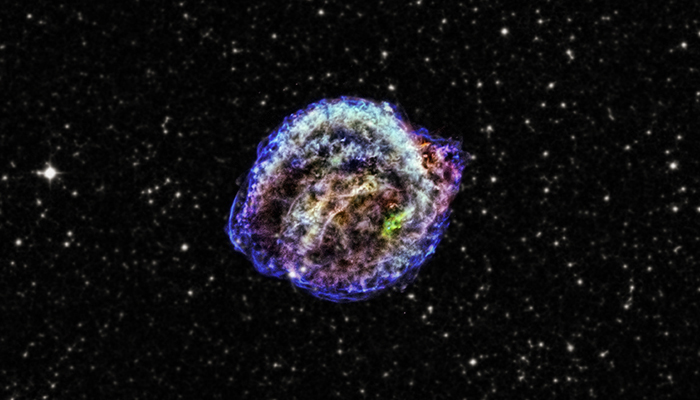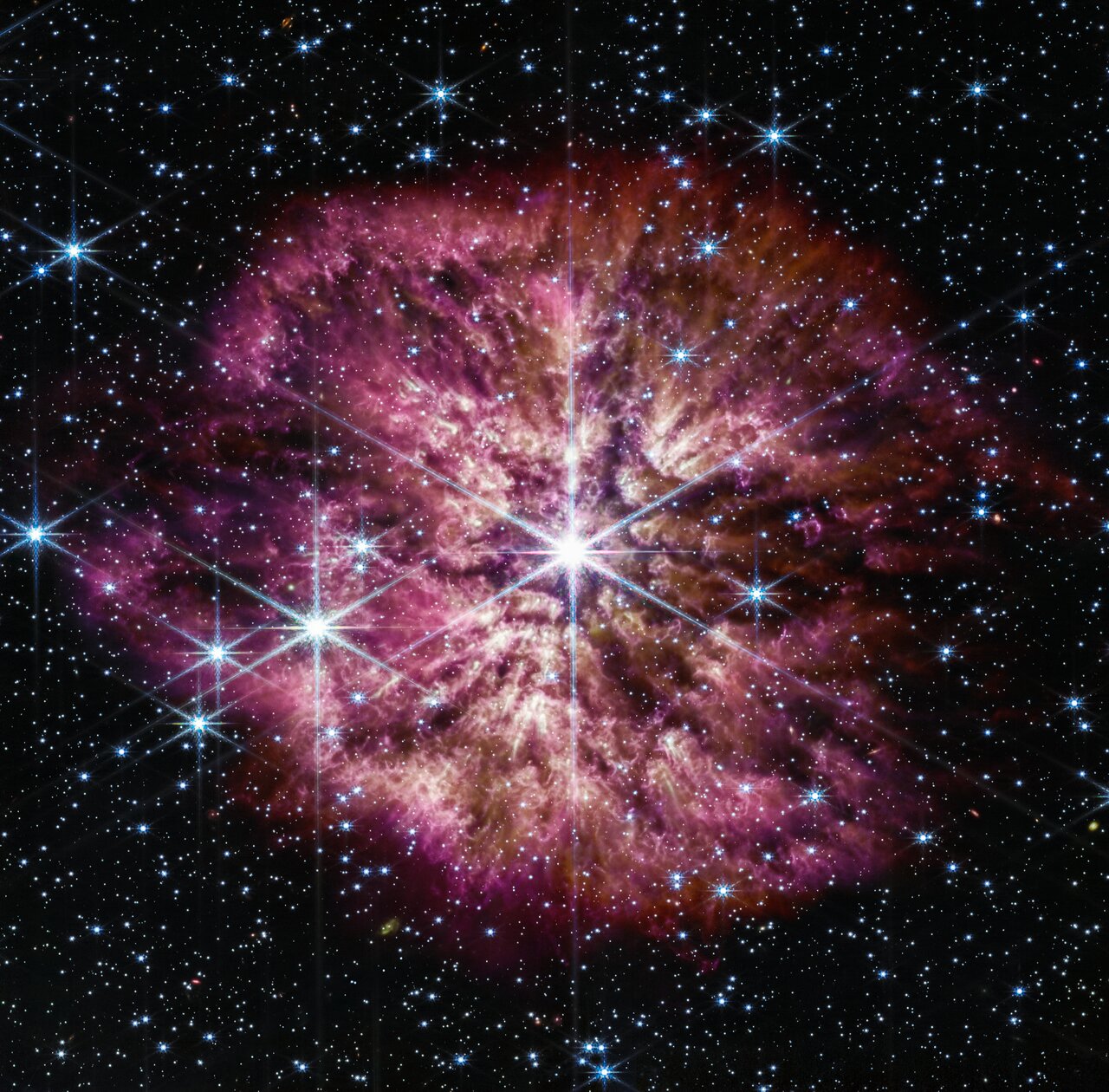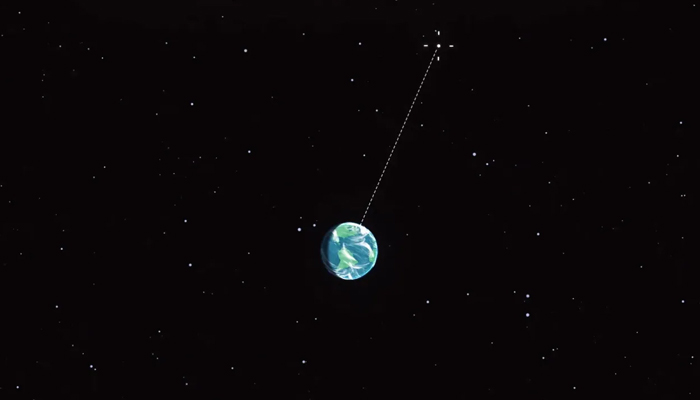Giant star set to explode anytime and you may see it
Rare event approaches after Total Solar Eclipse 2024
May 09, 2024

An extremely rare celestial event that took place 3,000 years ago in deep space could be visible with the naked eye this year as a giant star, T Coronae Borealis, is going to explode.
T Coronae Borealis was predicted to go nova — or new star — in 2024 by astronomers as it is a recurring one, repeating every 80 years.
A star goes nova in which its brightness increases significantly for a brief time.
"Seeing that star blow up is much rarer than a solar eclipse," Nasa astronomer Bill Cooke told NPR, adding "So it's kind of a once-in-a-lifetime thing."

T Coronae Borealis is a binary star system that has two stars — a white dwarf and a red giant.
Nasa explained that when the temperature of a red giant increases alongside its pressure, it ejects matter which is then accumulated by the white dwarf.
The small dwarf overloads and explodes.
"Eventually it accumulates so much material that literally a thermonuclear reaction starts and the star brightens by hundreds of times. It just gets super bright," Cooke said.
T Coronae Borealis is likely to go nova between now and September. The brightness could reach to magnitude of +2 magnitude, — similar brightness of the North Star. The last time it emerged was in 1946.

It could be visible for weeks after it reached its zenith before it dims.
Scientifically, the outburst of T Coronae Borealis was observed in 1866 but first witnessed by a German monk who said that the object in the night sky "shone with great light" for "many days."











